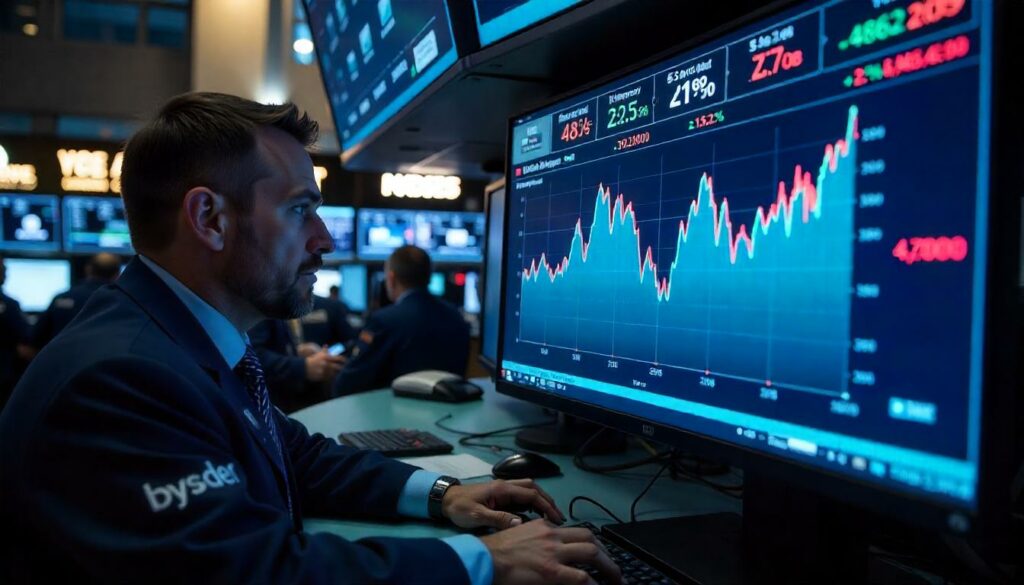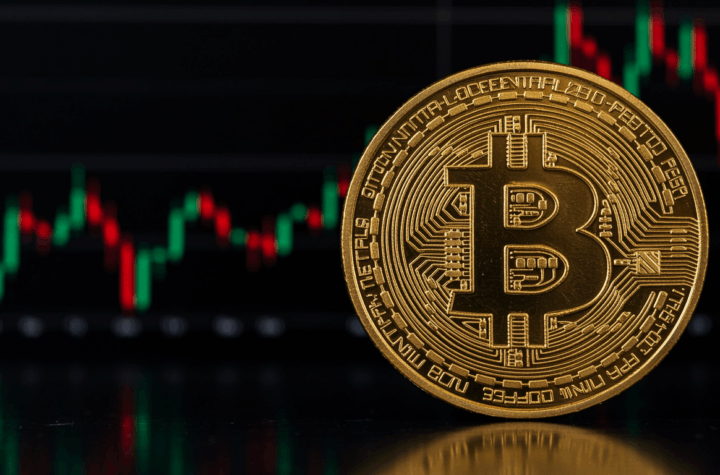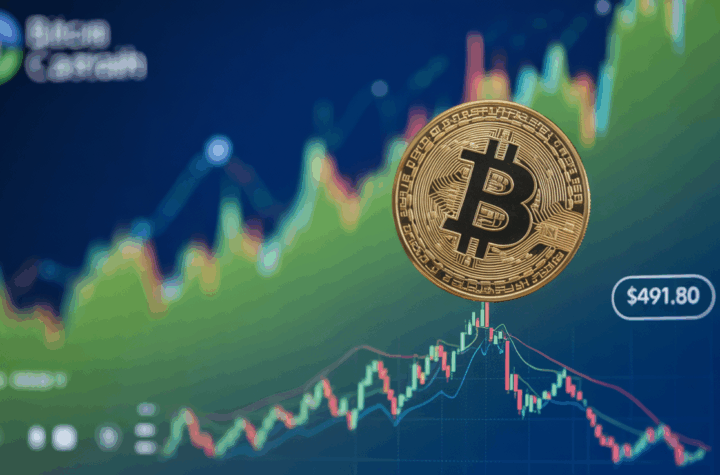
U.S. M2 Money Supply Reaches Record Level, Implications for Bitcoin Remain Uncertain
The St. Louis Federal Reserve notes that growth in the M2 money supply often influences inflation with a lag.
A key indicator of U.S. monetary circulation has surged to unprecedented heights, reflecting economic momentum but introducing uncertainty for bitcoin (BTC).
Data from barchart.com reveals that the M2 money supply—which accounts for physical cash, bank deposits, and money market fund balances—rose to an all-time high of $21.94 trillion by the end of May. This surpasses its previous record of $21.72 trillion set in March 2022. On an annual basis, M2 expanded by 4.5% in May, maintaining April’s pace and marking the quickest growth rate in almost three years, per Yahoo Finance.
This surge sends mixed signals for cryptocurrency markets. Generally, an expanding money supply suggests easier financial conditions and robust economic activity, which could drive investors toward riskier assets like crypto.
However, analysts at Cyprus-based TIOmarkets caution that if money supply growth exceeds the economy’s pace, it could spark inflation and force the Federal Reserve to consider hiking interest rates—a move likely to weaken demand for risk assets.
Historically, increases in M2 have preceded inflation spikes by about a year. For instance, the personal consumption expenditures (PCE) price index, the Fed’s preferred inflation metric, began to rise in February 2021, following M2’s rapid growth starting in February 2020. Conversely, as M2 expansion slowed in 2023, PCE inflation began to cool, the St. Louis Fed explained in a blog post.
If history repeats, the current acceleration in M2 could drive inflation higher in the coming months, potentially complicating the Fed’s ability to reduce interest rates to 1%, a goal recently advocated by President Donald Trump.






More Stories
“Dogecoin steadies near $0.16 support amid profit‑taking that caps upside momentum.”
RLUSD Pilot Boosts XRP 5%, Technical Momentum Points to $2.50
How Aggressively Are BTC Traders Hedging After Recent Dip Under $100K?